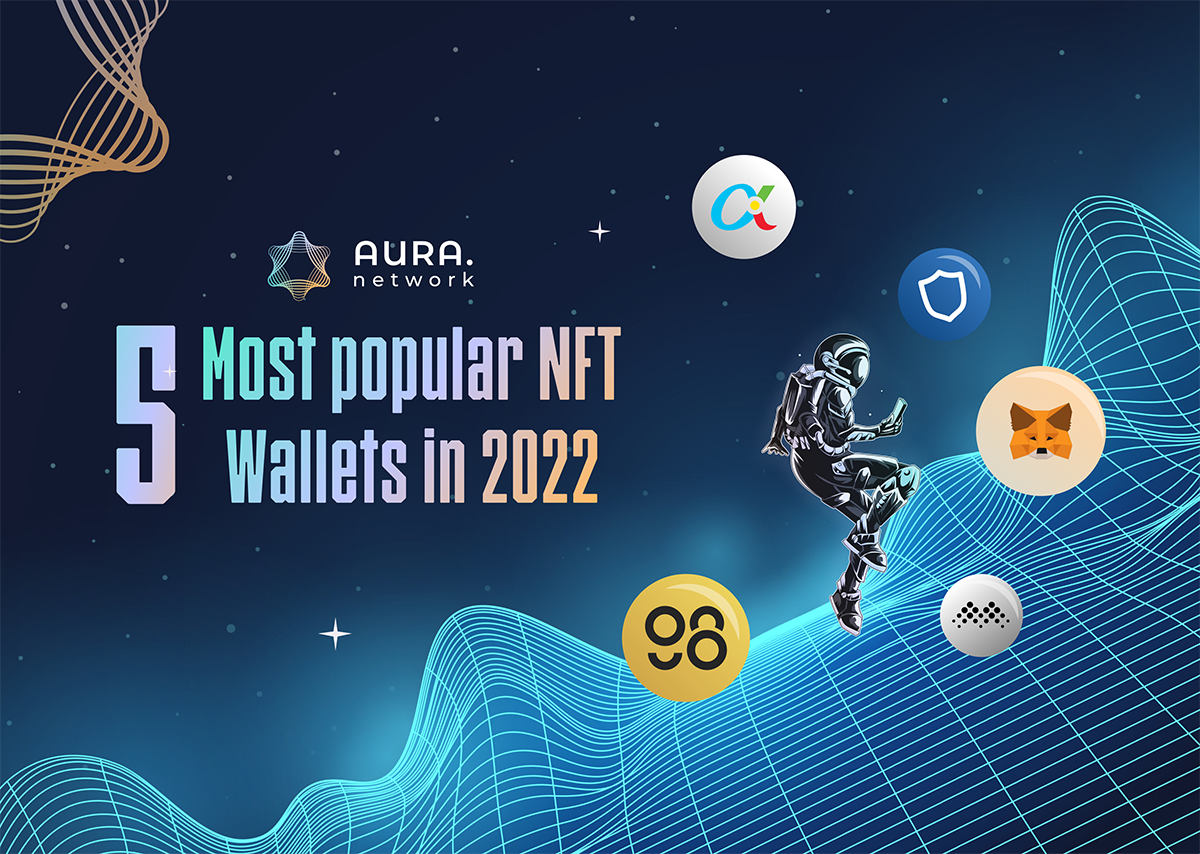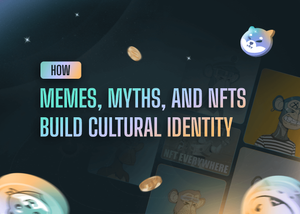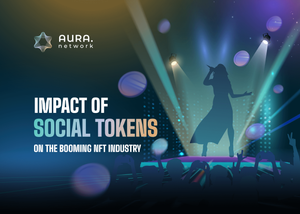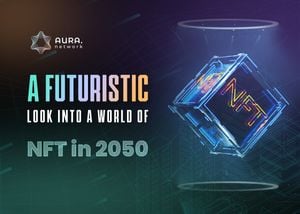A pixelated artwork used as a profile picture on Twitter comes to mind. However, NFT use cases are way beyond JPEGs stored on the blockchain. NFTs have gained widespread popularity due to their wide range of use cases, from collectables to gaming and down to NFT ticketing, identification, and lots more. NFTs sales volume moved from $94.9 million in 2020 to $24.9 billion in 2021, proving the trend. The increase in its popularity leads to growth and diversification in use cases, one of which is fractional NFTs (F-NFTs). By the end of this article, you should be able to identify the potential and limitations of fractionalizing NFT.
What are Fractional NFTs
Now and then, the NFT space gets a new poster child. From Cryptokitties to CryptoPunks, Bored Ape Yacht Club, Azuki's, and now Moonbirds. While all these represent Art-based NFTs with interesting utilities, NFTs could also be used for tokenizing real-world assets. Take the case of Bob, who owns a rare edition of a Ford vehicle, perhaps a 1945 model, parked in his garage. He could decide to auction it out to art museums or an antique collector. But that would mean the whole car is only sitting in a museum or a wealthy collector. But with the concept of fractionalizing NFTs, Bob could tokenize his vehicle into an NFT and then fractionalize it so that more than one person can grab a portion of that car through F-NFTs.
F-NFTs enable community ownership of assets as investors or artists can sell a portion of their NFT holdings to others. The advent of automated market makers (AMM) DEXs, like Uniswap or Sushiswap, accelerates the use cases of fractional NFTs. For instance, Uniswap V3 represents LP positions as NFTs. Also, platforms like NFTX, Unicly, and Fractional.art decompose ERC-721 tokens into ERC-20 tokens facilitating their multiple functionalities in DeFi. These NFT tokens can be used as pooling tokens on Balancer or Uniswap to earn rewards in trading fees, collateral for yield farming on Curve pools, or used to borrow stablecoins against a loan on money markets like Aave. All these extended utilities of NFTs per F-NFTs help to further deepen liquidity for NFTs, which are by nature illiquid. As DeFi gathers mainstream attention, investors who tokenize assets rather than getting conventional NFTs can get transformable, liquid, yield-bearing fractionalized NFTs.
NFTs are digital items with unique identifiers; hence, they cannot be exchangeable one for one with another. Like you cannot exchange the original painting of the Starry Night by Vincent Van Gogh with the Monalisa image, you cannot exchange one NFT with another. The implication is that multiple people cannot hold the same NFT simultaneously. But with fractionalized NFTs however, a rare item can be divided into fragments enabling several people to own different pieces of that item. Thus, it is easier for creators to break their limited amount of artwork into a large number of pieces, which helps them grow their communities and introduce more users to NFTs.
Advantages | Use cases of F-NFT
Fractional assets are not a new concept in the world of investment. Unlike regular shares, F-NFTs hold more significant potential as they are decentralized and can be used for other yield gaining activities such as staking. Also, the world F-NFTs explores a wide range of use cases, from enabling users to own fractions of blue-chip NFTs to index fund NFTs like NFTX. Besides investors, artists are also looking into fractional NFTs, with musician Grimes auctioning his NFT called Newborn 1 & 3 at a starting price of $10 per share. .
Now that we have a background in the use cases of F-NFTs, let's take a look at some of its potential.
- Fractional NFTs and asset ownership democra tization: With the popularity of NFT ownership and use cases, owning a single NFT is hitting sky-high prices, especially for exciting projects like Cryptopunks or BoredApe Yacht Club. For instance, "Everyday" from Beeple's collection of 5,000 NFT pieces of artwork sold for $69 million. Seeing as it is a single piece of NFT, many people missed out on being a part of the profit in such a sale. But with fractional NFTs, democratized ownership becomes a possibility. For instance, the value of the NFT is determined by the bidding process. As the bidding price increases, so does market activity around that NFT. As more people participate in the NFT bidding process, market activity will remain relatively high.
- Liquidity: Liquidity is an essential aspect of the crypto and DeFi landscape. Although NFTs are hot right now, their non-fungible nature ultimately means that they are illiquid. One way to direct and sustain liquidity is fractional NFTs, as smaller investors can participate in NFT projects rather than having just a few deep-pocketed collectors dominate the market. The fungible tokens created by the smart contract to represent ownership in F-NFTs improve liquidity because these tokens can be traded on secondary platforms.
- Prevent NFT theft: With fractional NFTs, hackers would not have access to the full NFT preventing the loss of the entire collection or NFT.
- Access to alternative assets investments: F-NFTs can act as a form of alternative assets. For instance, an NFT can be shared amongst individuals. Each NFT is represented by a limited amount of tokens that users can utilize for other yield-bearing activities such as staking. To get their original NFT back, holders of the fraction token will have to burn their tokens. Fracada protocol allows holders to mint fraction tokens while locking NFTs into their smart contract.
Limitations of fractionalizing NFT
While fractional NFTs help increase inclusion and participation in the growing NFT ecosystem, they also bring specific problems. For instance, F-NFT comes with legal issues like Intellectual Property (IP), rights of publicity, and contract issues. Also, with index NFTs springing up, financial regulators may classify the fungible tokens linked to fractional NFTs as securities. Another limitation to F-NFTs is the security of funds.
In Summary
As the NFT market continues to explode in popularity and demand, more exciting developments and use cases will surface. Fractional NFTs as a concept is still nascent but are currently an avenue for greater liquidity and endless investment possibilities for users looking to invest in alternative assets. Also, it opens up the market to a significantly broader pool of investors by making NFT resale a faster process and creating a constant inflow of yields for NFT creators. While the world of NFTs keeps growing, the next wave of digital asset monetization may just be powered by F-NFTs.










